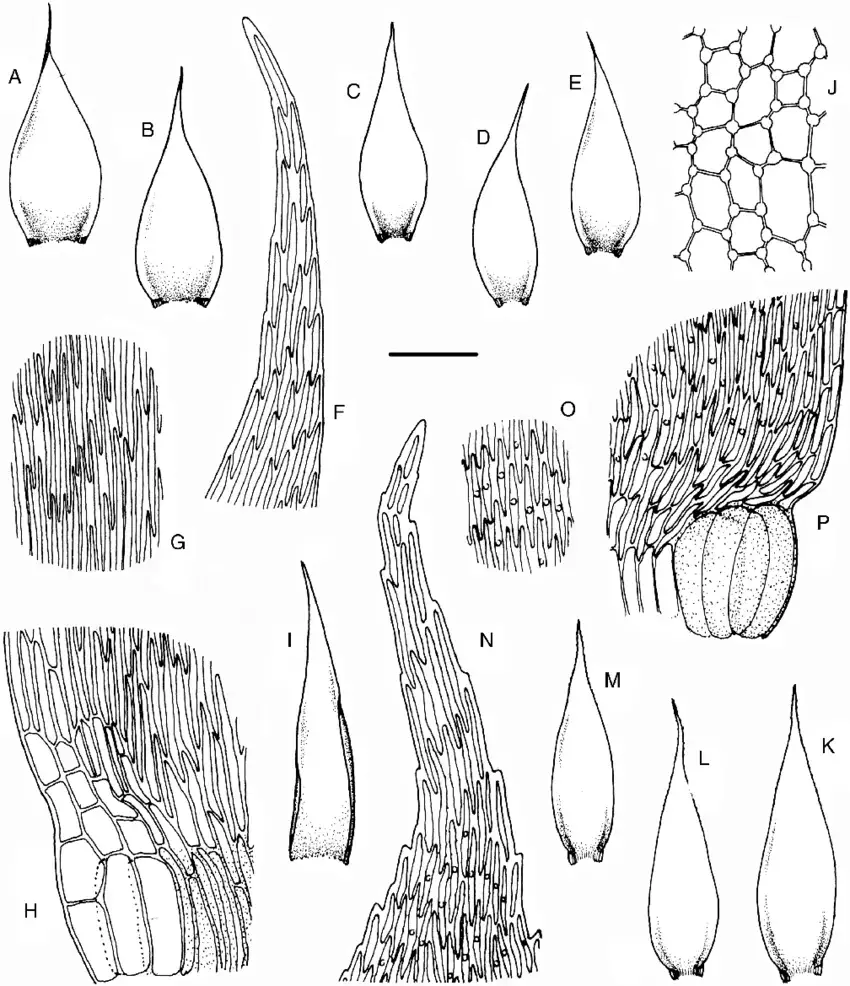
AJ-Wijkia-albescens-Ther-Pde-la-Varde-Crum-KP-W-jacobsonii-Dixon-Crum.png from: https://www.researchgate.net/figure/AJ-Wijkia-albescens-Ther-Pde-la-Varde-Crum-KP-W-jacobsonii-Dixon-Crum_fig1_309898287
Wijkia penicillata: The Fascinating Feather Moss
Introduction
Have you ever noticed the delicate, feathery mosses growing on trees and rocks in the forest? One of these enchanting species is Wijkia penicillata (Mitt.) H.A.Crum, also known simply as Wijkia. This captivating moss belongs to the Pylaisiadelphaceae family and has some truly remarkable features. Let’s dive in and learn more about this marvelous little plant!
Background on Mosses
Before we explore Wijkia penicillata in depth, let’s review some moss basics. Mosses are non-vascular plants in the division Bryophyta. Unlike other plants, they lack true roots, stems, and leaves. Instead, they have root-like rhizoids, stem-like structures called seta, and leaf-like structures called phyllids. Mosses reproduce via spores rather than seeds and are found in diverse habitats worldwide.
Morphology and Identification
Wijkia penicillata is a pleurocarpous moss, meaning it has a branching, feather-like growth form. Its phyllids are ovate-lanceolate
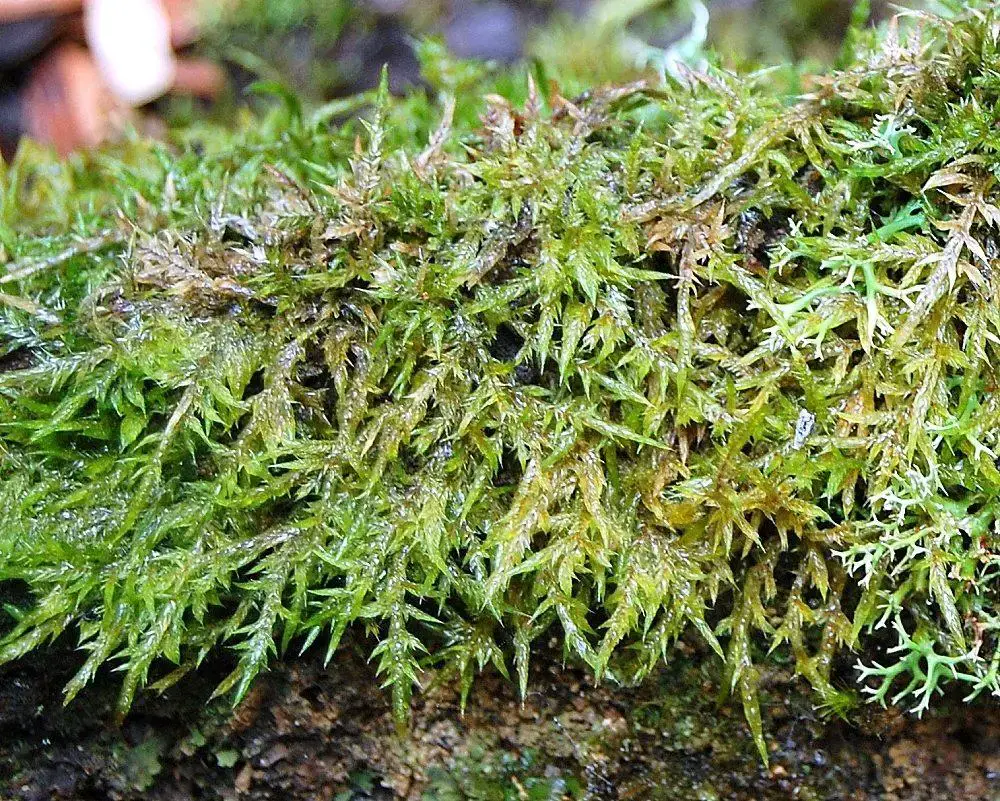
DT_Wijkia_extenuata_1.jpg from: https://www.anbg.gov.au/abrs/Mosses_online/14_Pylaisia_images.html
in shape and taper to a fine point at the tip. The seta is smooth and reddish-brown. Capsules are cylindrical and curved with a conical operculum (capsule lid).
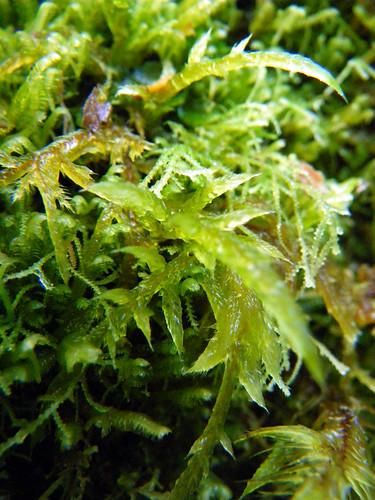
5575885861_c9536149c8.jpg from: https://www.flickr.com/photos/27677876@N02/5575885861/
One of the most distinctive features of W. penicillata is the cluster of paraphyllia at the base of each branch. Paraphyllia are small, leaf-like or filamentous structures. In Wijkia, they resemble a bottlebrush, giving the moss a fuzzy appearance. This unique trait helps distinguish it from similar species.
Global Distribution and Habitat
Wijkia penicillata has a wide distribution across Asia, Australia, and the Pacific. It is found in China, Japan, Korea, India, Sri Lanka, Thailand, Indonesia, Papua New Guinea, Australia, New Zealand, and several Pacific islands. This adaptable moss grows in various forest habitats, from lowland tropical rainforests to temperate and montane forests.
W. penicillata is typically found growing epiphytically on tree trunks and branches or on rotting logs and stumps. It prefers partial shade and moderate humidity. In some areas, it also grows on
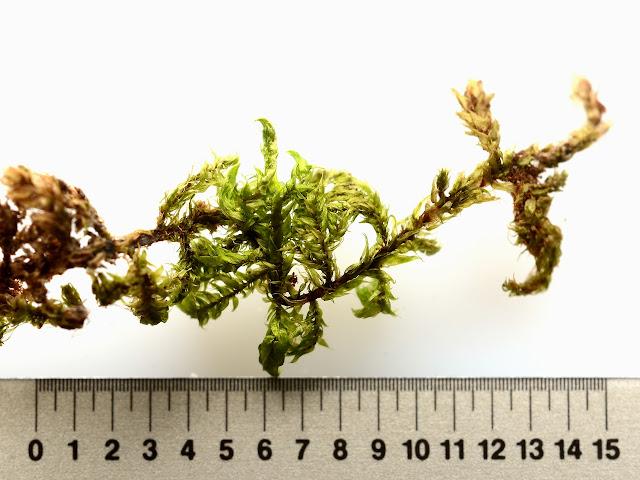
Wijkia230308_3.jpg from: https://soyokaze2jp.blogspot.com/2023/03/wijkia-deflexifolia.html
rocks and boulders in sheltered sites.
Ecological Roles and Adaptations
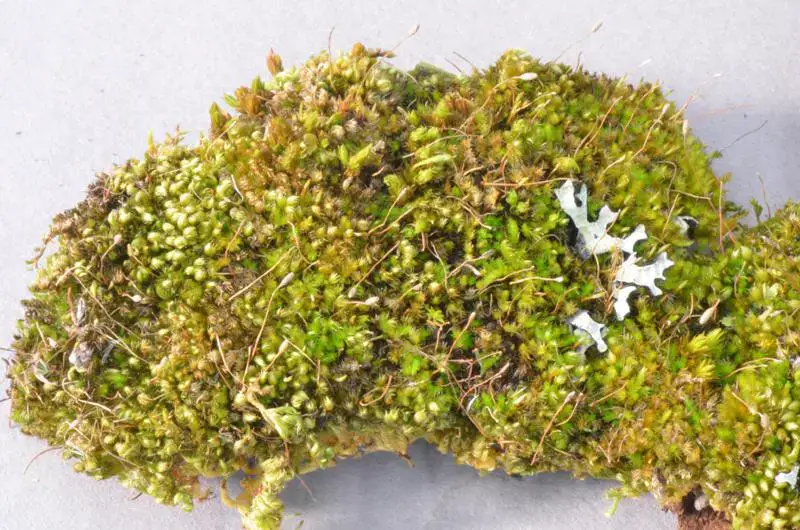
Pylaisiella-selwynii-AH-204.jpg from: https://sites.cortland.edu/bryophytes/field-guide/mosses/pleurocarp/pylaisiella-selwynii/
Like other mosses, Wijkia penicillata plays important ecological roles. It helps retain moisture in its environment, prevents soil erosion, and provides shelter for micro-organisms and small invertebrates.
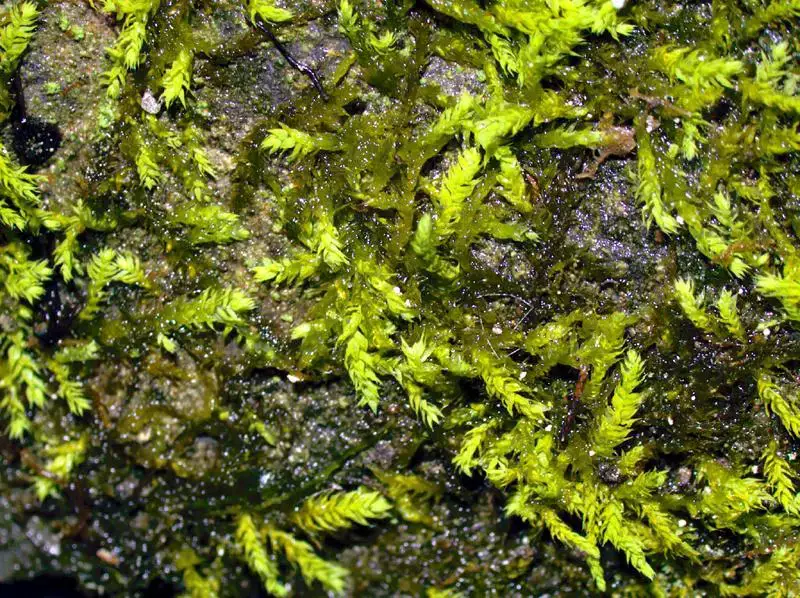
Thuidium-minutulum-AH-299-g.jpg from: https://sites.cortland.edu/bryophytes/field-guide/mosses/pleurocarp/cyrto-hypnum-minutulum/
As an epiphyte, it also contributes to nutrient cycling in forest ecosystems.

wrapena.jpg from: https://www.natuurlijkmooi.net/adriatische_zee/wieren/wrangelia_penicillata.htm
Wijkia has several adaptations that allow it to thrive in its habitat. Its feather-like branching and dense growth form help it capture and retain water from rain and dew. The paraphyllia also assist with water uptake and storage. During dry periods, the moss can enter a dormant state until moisture returns.
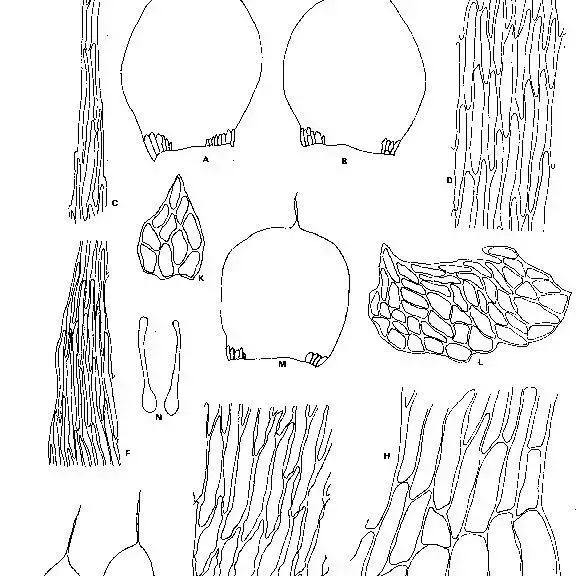
Wijkia-tanytricha-Mont-Crum-AB-Stem-leaves-70-C-Apical-cells-of-stem-leaf_Q640.jpg from: https://www.researchgate.net/figure/Wijkia-carlottae-Schof-Crum-AB-EG-Stemleaves-70-CD-HI-Branch-leaves_fig2_293187181
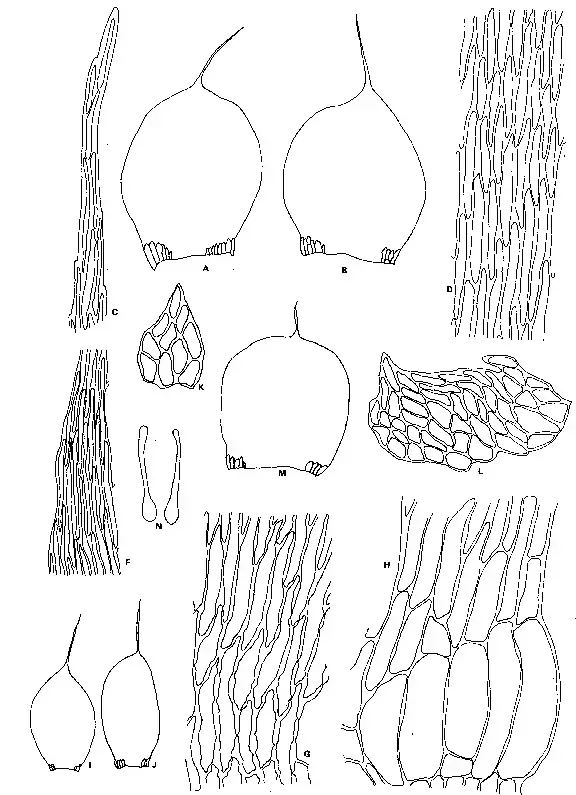
Wijkia-tanytricha-Mont-Crum-AB-Stem-leaves-70-C-Apical-cells-of-stem-leaf.png from: https://www.researchgate.net/figure/Wijkia-tanytricha-Mont-Crum-AB-Stem-leaves-70-C-Apical-cells-of-stem-leaf_fig1_293187181
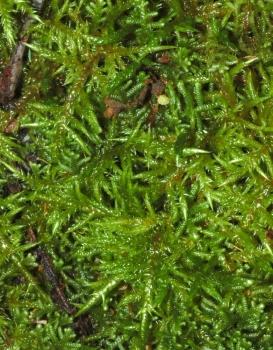
Wijk_ext_x.jpg from: https://www.utas.edu.au/dicotkey/dicotkey/Mosses/mSEMATOPHYLLACEAE/gWijkia.htm
| Characteristic | Description |
|---|---|
| Growth form | Pleurocarpous (branching, feather-like) |
| Phyllids | Ovate-lanceolate, tapering to fine point |
| Seta | Smooth, reddish-brown |
| Capsule | Cylindrical, curved, with conical operculum |
| Paraphyllia | Cluster at base of each branch, bottlebrush-like |
| Habitat | Epiphytic on trees, logs; sometimes on rocks |
| Distribution | Asia, Australia, Pacific |
| Ecological roles | Moisture retention, erosion prevention, shelter, nutrient cycling |
Conclusion
From its enchanting feathery form to its fascinating adaptations, Wijkia penicillata is a captivating moss species. Though small in stature, it plays an outsized role in the ecosystems it inhabits. Next time you’re in the forest, keep an eye out for this marvelous moss and take a moment to appreciate its beauty and ecological importance. What other wonders of the natural world are waiting to be discovered right beneath our feet?